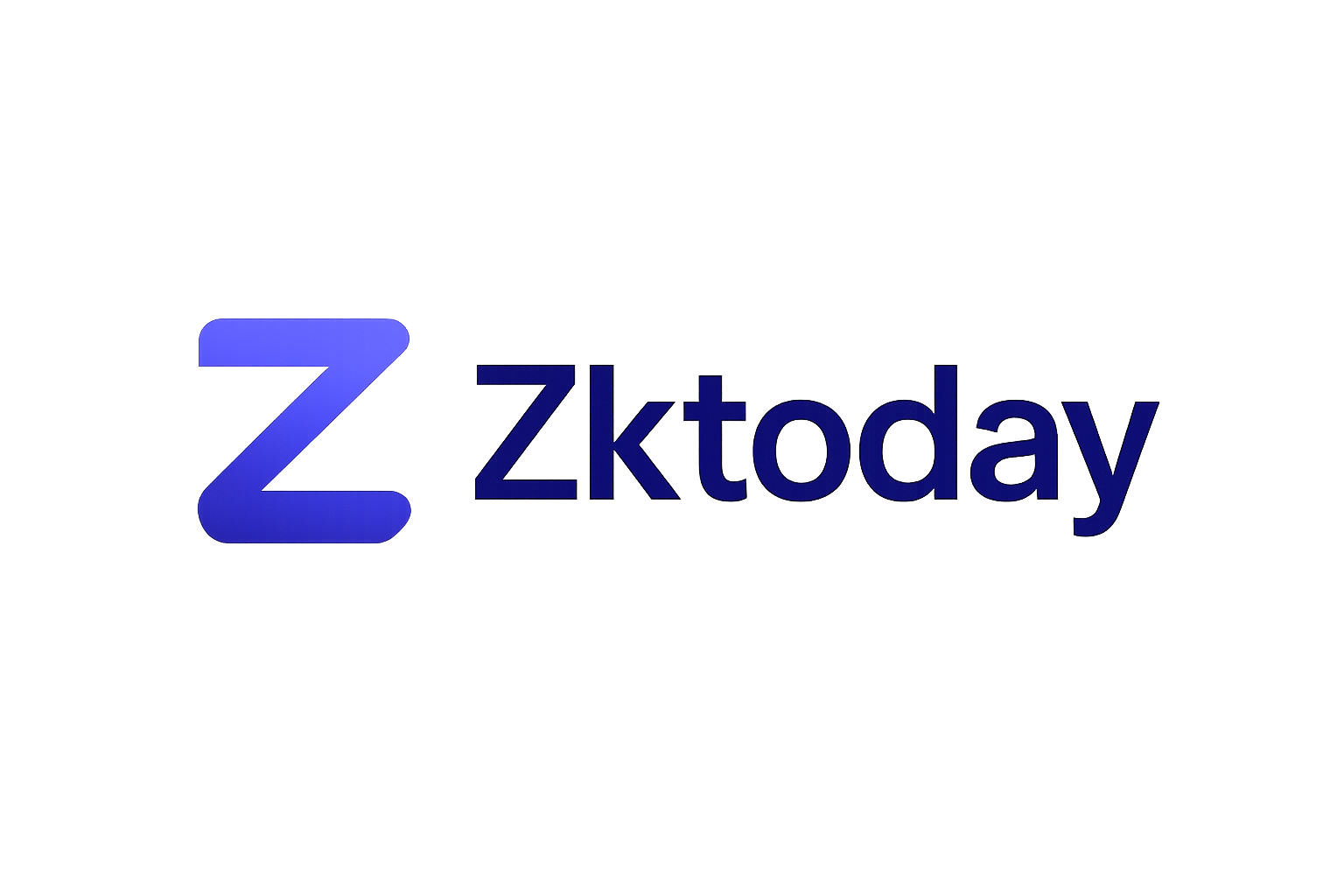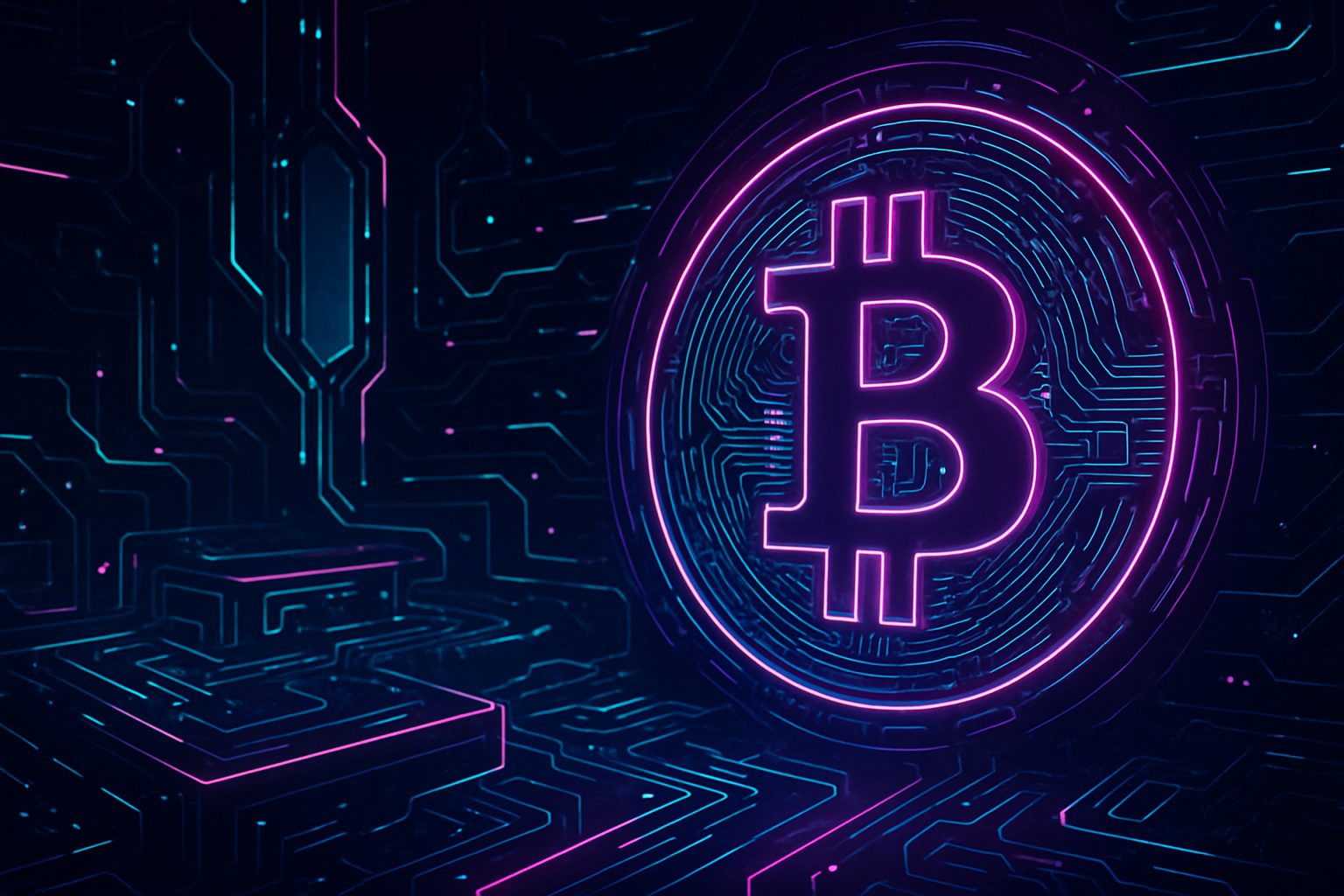
Bitcoin’s relentless march toward mainstream adoption has brought its scalability debate into sharp focus. With Bitcoin (BTC) currently trading at $109,641.00, the need for robust scaling solutions is more urgent than ever. As transaction volumes grow and the appetite for decentralized finance (DeFi) on Bitcoin intensifies, zero-knowledge (ZK) rollups are emerging as a pragmatic answer to Bitcoin’s throughput bottlenecks, without compromising its foundational security or decentralization.
Zero-Knowledge Rollups: The Engine Behind Next-Gen Bitcoin Scalability
ZK rollups operate by aggregating hundreds or thousands of transactions off-chain, then submitting a single cryptographic proof, known as a zero-knowledge proof, to the main Bitcoin blockchain. This succinct proof attests to the validity of all bundled transactions, enabling nodes to verify massive volumes of activity with minimal on-chain data. The result: dramatic increases in transaction throughput and efficiency, while preserving privacy and reducing fees.
This isn’t just theoretical. ZK rollup technology has transformed Ethereum’s Layer 2 landscape, but integrating it with Bitcoin poses unique challenges due to Bitcoin’s intentionally limited scripting language. Yet, new innovations are rapidly closing this gap.
Bitcoin-Native ZK Rollup Projects: Moving From Theory to Reality
The past year has witnessed a surge in projects tackling bitcoin zk rollup integration head-on. Let’s examine the most notable contenders shaping this frontier:
Key Bitcoin-Native ZK Rollup Projects
-
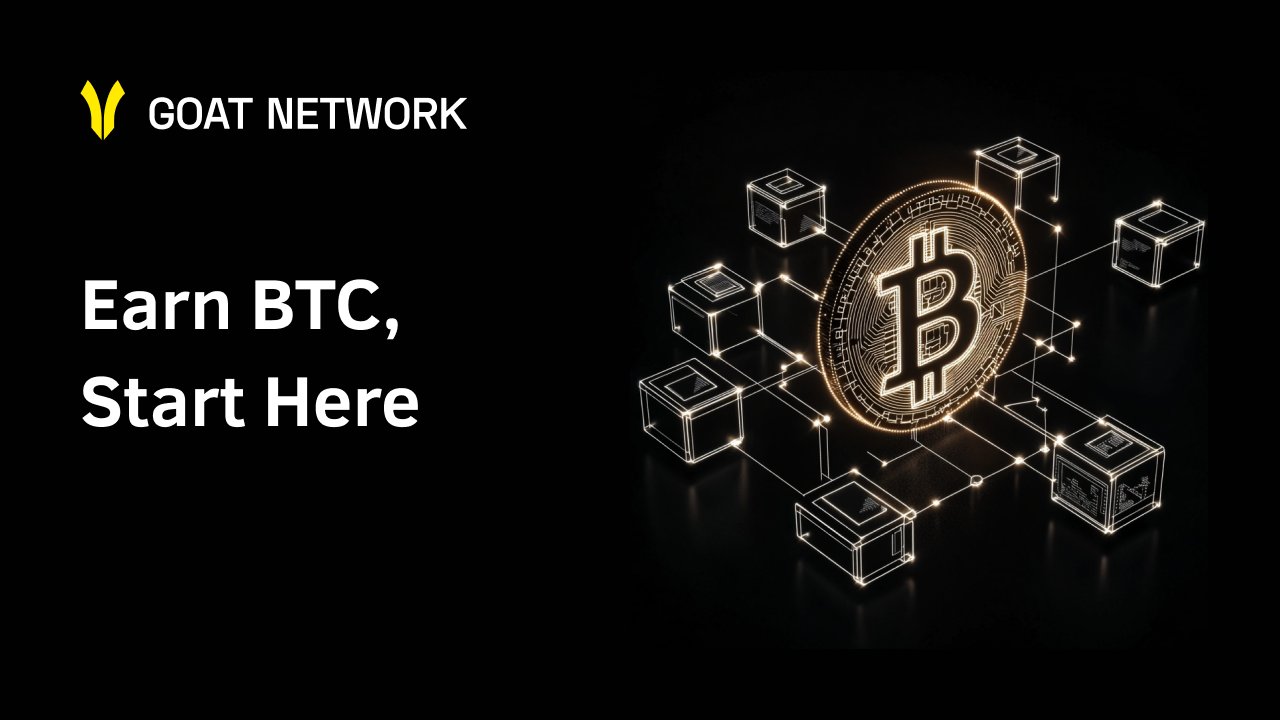
GOAT Network: GOAT Network is the first Bitcoin-native ZK Rollup delivering EVM compatibility and BTC-denominated yield through a trustless, decentralized infrastructure. Leveraging the innovative BitVM3 architecture and Bitcoin’s Taproot upgrade, GOAT Network enables reusable ZK circuits and compresses off-chain data from hundreds of gigabytes to just a few megabytes. This makes large-scale ZK Rollup deployment on Bitcoin feasible, while also offering real BTC yield and decentralized sequencer participation. Current BTC price: $109,641.00
-
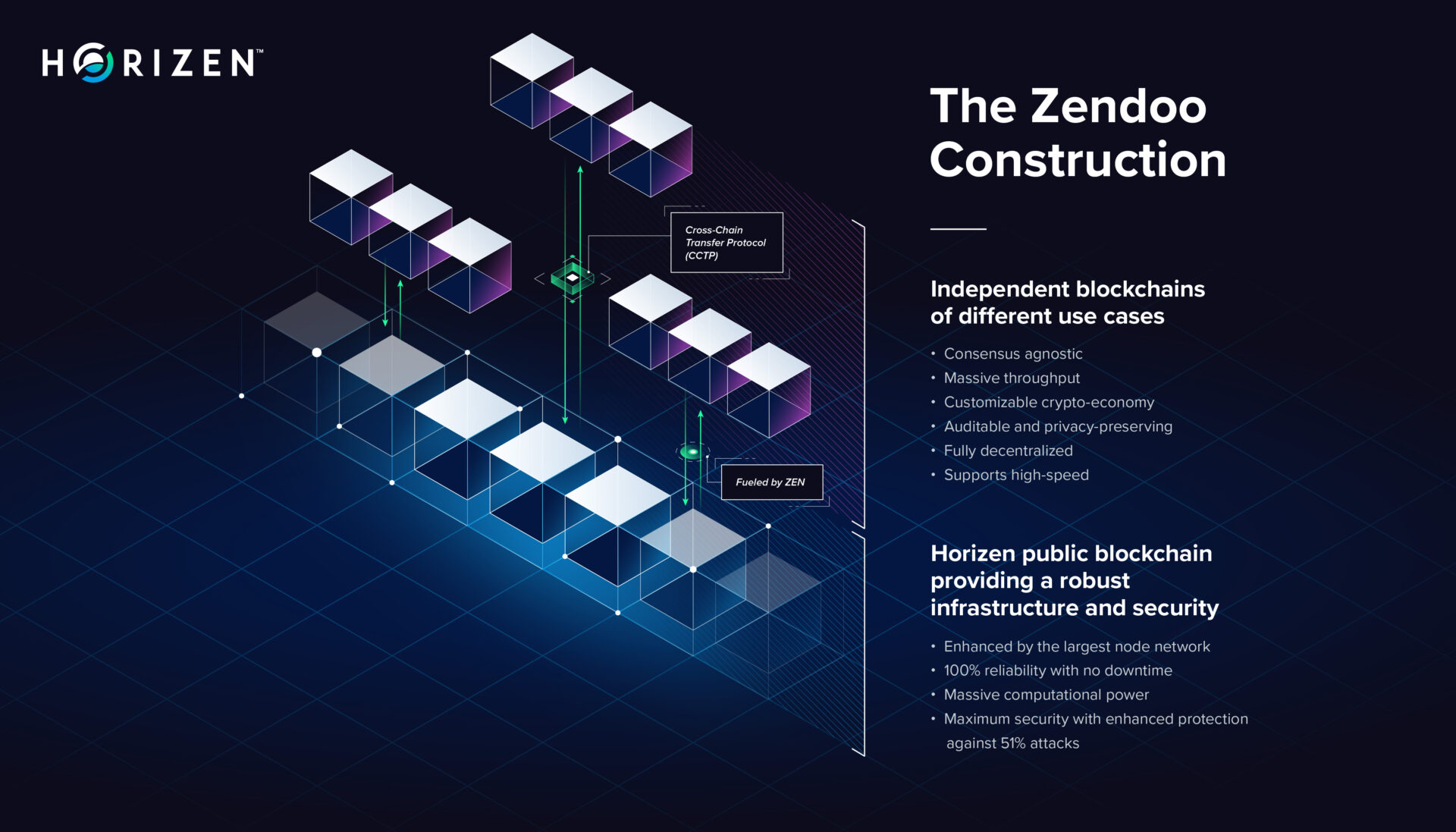
Zendoo: Developed by Horizen Labs researchers, Zendoo is a protocol that enables the creation of sidechains on Bitcoin using zk-SNARKs. Its universal verifiable transfer mechanism allows the Bitcoin mainchain to efficiently verify all sidechain operations without knowing their internal details, enhancing scalability and interoperability while preserving security.
-
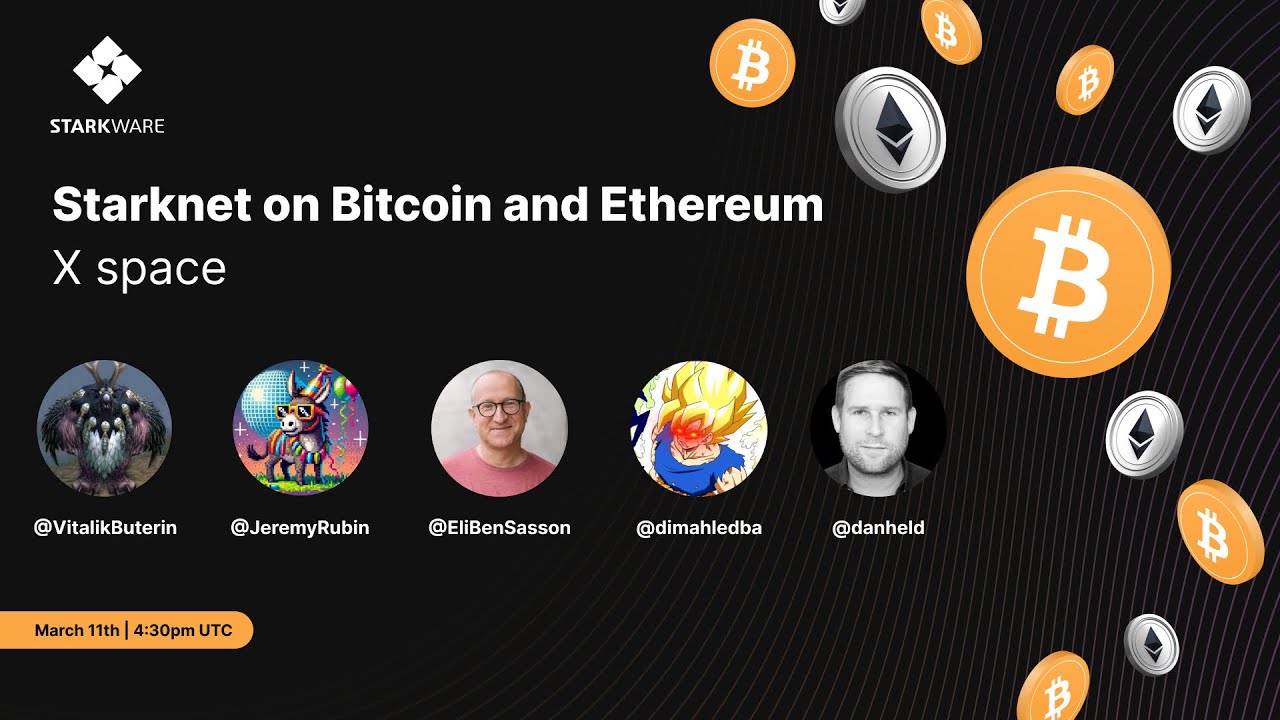
Starknet on Bitcoin: Originally a leading ZK Rollup on Ethereum, Starknet is now being integrated with Bitcoin through a data availability adapter. This development allows rollups built with Starknet’s open-source technology to anchor to the Bitcoin network, bringing STARK proof-based scalability and enhanced transaction throughput to Bitcoin’s ecosystem.
GOAT Network: Redefining BTCFi with Trustless Yield and Fast Proofs
No conversation about bitcoin native zk rollup innovation is complete without GOAT Network. GOAT stands out as the first production-ready ZK Rollup on Bitcoin offering real BTC-denominated yield through a trustless infrastructure. Its architecture leverages BitVM3, a protocol that builds on Taproot enhancements, enabling complex verifications via a challenge-response system without requiring any changes to core Bitcoin consensus.
What sets GOAT apart?
- Reusable Circuits: GOAT’s Label Forward Propagation mechanism transforms single-use circuits into universal templates reusable across many transaction batches, solving one of the thorniest problems in ZK Rollup design for Bitcoin.
- Efficient Data Compression: By slashing off-chain data from hundreds of gigabytes down to mere megabytes per batch, GOAT makes large-scale deployment practical for both users and sequencers.
- EVM Compatibility and Decentralized Sequencers: Developers can deploy familiar Ethereum-based applications while using real BTC as collateral or yield source, all validated through decentralized sequencer networks rather than single points of failure.
This positions GOAT Network at the heart of the emerging BTCFi movement, where idle BTC can finally be put to productive use without custodial risk or bridging headaches.
Zendoo and Starknet: Expanding ZK Horizons for Bitcoin
The innovation doesn’t stop at GOAT. Zendoo takes a protocol-level approach by enabling sidechains that communicate with the mainchain via zk-SNARK proofs, allowing seamless verification of sidechain operations without exposing their internal logic. Meanwhile, Starknet is adapting its proven STARK-based scalability engine from Ethereum to anchor onto Bitcoin through new data availability adapters. This cross-pollination brings mature Layer 2 tooling and developer mindshare straight into the heart of the world’s largest blockchain network.
The common thread? Each project seeks to solve for scalability without compromise, ensuring that as bitcoin rolls past milestones like $109,641.00, its infrastructure remains robust enough for institutional flows and retail users alike.
The Technical Hurdles: Why Scaling Bitcoin Isn’t Plug-and-Play
Despite these advances, deploying a fully functional ZK Rollup on Bitcoin comes with steep technical hurdles:
- Scripting Limitations: Unlike Ethereum’s flexible VM, Bitcoin’s script was never designed for complex computation, a feature that boosts security but complicates advanced cryptography like zero-knowledge proofs.
- Data Availability: Ensuring compressed off-chain data remains verifiable over time is critical; lose this data and you risk breaking the chain of trust that underpins every ZK Rollup batch.
- Sustainable Incentives: Economic models must reward sequencers and validators in a way that aligns long-term network health with user interests, especially when real BTC yield is at stake.
If you’re ready to dive deeper into how developers are overcoming these obstacles, and what it means for your next allocation, explore our comprehensive guide at bitcoinrollups.xyz/how-zkrollups-enhance-bitcoin-transaction-scalability-a-developer-s-guide.
As Bitcoin continues to trade above $109,641.00, the market is sending a clear message: institutional and retail demand for scalable, trust-minimized financial primitives is only increasing. The rise of zk rollup BTCFi platforms like GOAT Network signals a new era where Bitcoin’s native liquidity can finally participate in advanced DeFi strategies without leaving the safety of the base chain.

GOAT’s decentralized sequencer model deserves special attention. Unlike centralized rollups that risk censorship or downtime, GOAT employs a network of sequencers who compete to include user transactions, all while being economically incentivized through BTC-denominated rewards. This approach not only increases liveness but also aligns with Bitcoin’s ethos of distributed trust. The integration of EVM compatibility further lowers the barrier for developers, allowing them to port existing Ethereum dApps and unlock new yield opportunities for BTC holders, without complex bridges or reliance on wrapped assets.
BTCFi Flywheel: Unlocking Productive Capital at $109,641.00
The potential impact on Bitcoin’s economic landscape is profound. With bitcoin scalability zk rollup solutions now viable, idle BTC can be deployed into lending markets, automated market makers, and other DeFi primitives natively. This generates real yield in BTC terms, a stark contrast to previous cycles where most yields were denominated in altcoins or required custodial risk.
Top Benefits of Bitcoin-Native ZK Rollups vs. Legacy L2s
-

Direct Leverage of Bitcoin’s Security: Bitcoin-native ZK Rollups, like GOAT Network, anchor transactions directly to the Bitcoin mainnet, inheriting its robust security and decentralization—unlike legacy L2s that often depend on less secure bridges or federated models.
-
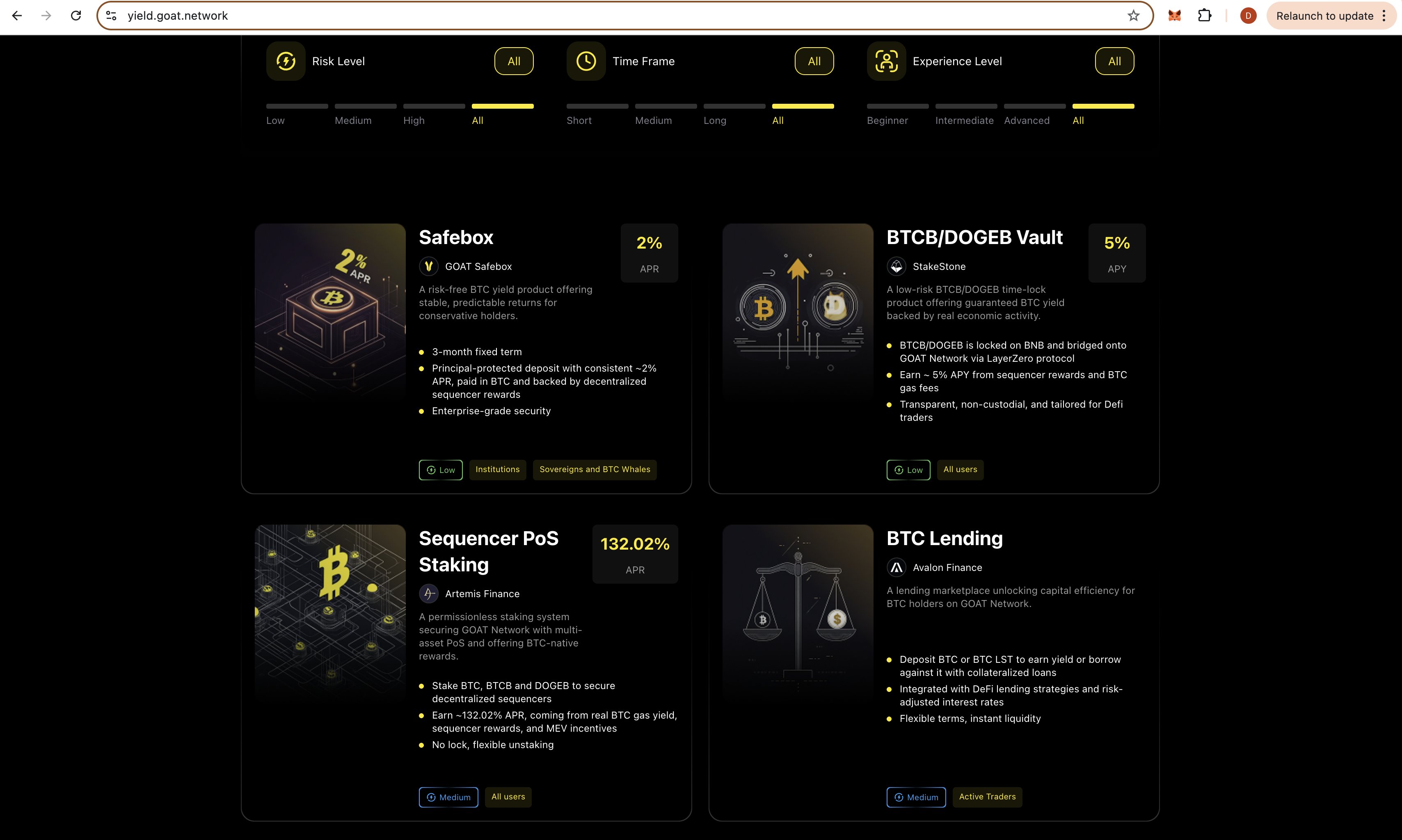
True BTC Yield Generation: Platforms such as GOAT Network enable users to earn real, BTC-denominated yield through trustless, native infrastructure—contrasting with legacy L2s that typically offer yield in wrapped or synthetic assets.
-
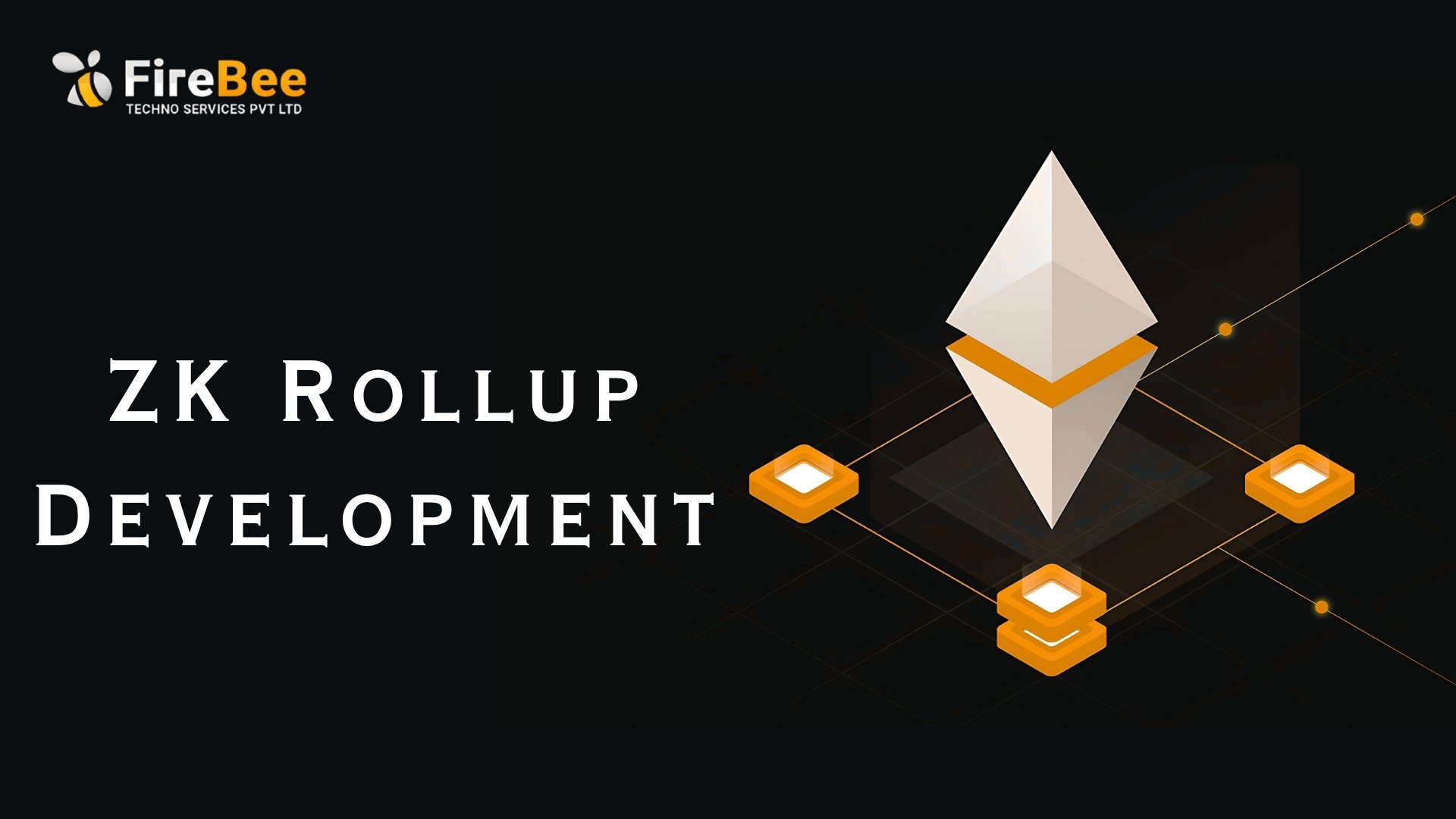
Enhanced Scalability with Privacy: By batching transactions and submitting zero-knowledge proofs to Bitcoin, native ZK Rollups dramatically increase throughput and reduce on-chain data, while preserving user privacy—capabilities not matched by most traditional L2s.
-
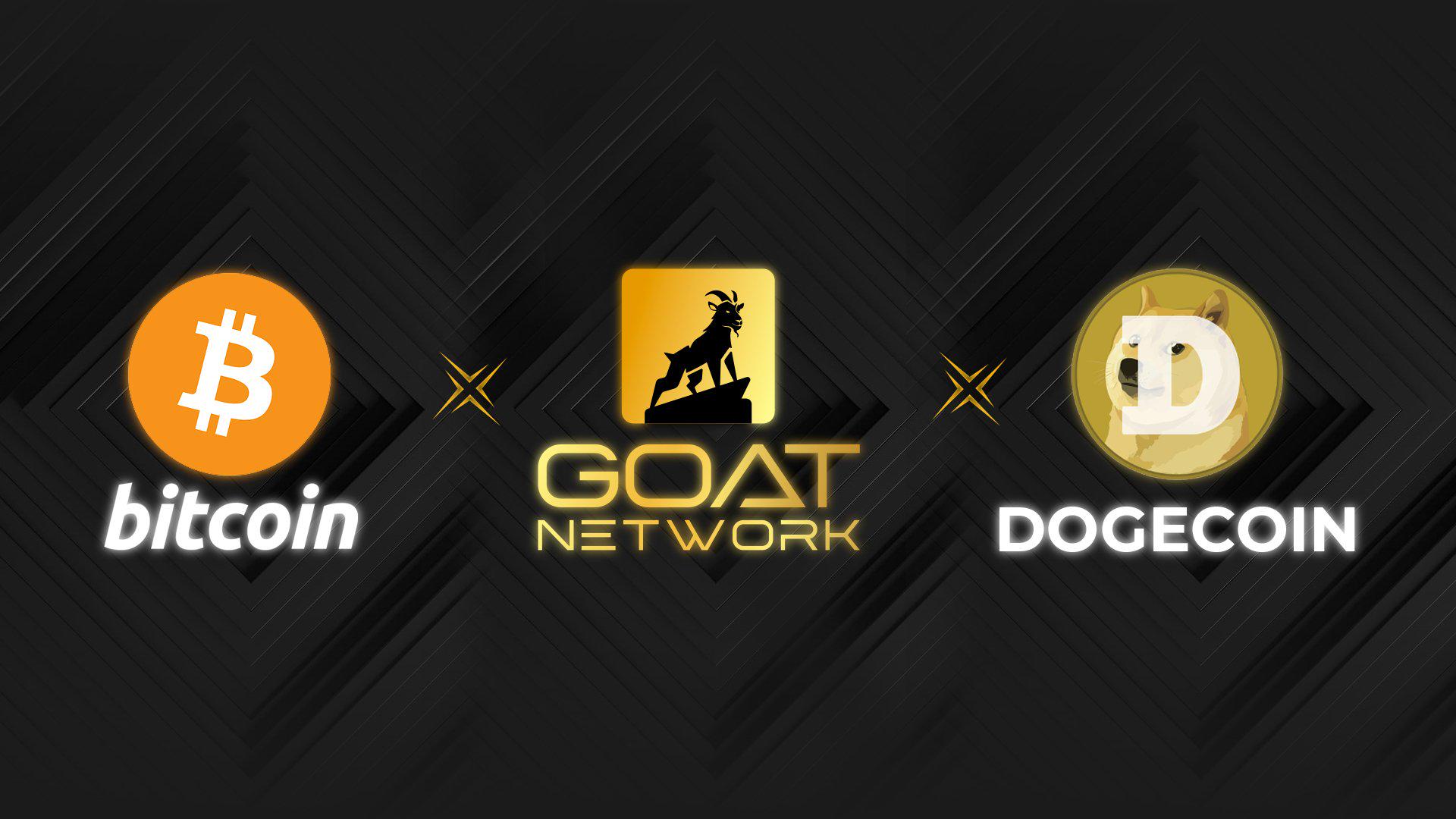
Decentralized Sequencer Design: Projects like GOAT Network are pioneering decentralized sequencer models, minimizing central points of failure and censorship risk compared to legacy L2s, which often rely on single or limited sequencers.
-

Native EVM Compatibility: Some Bitcoin-native ZK Rollups, such as GOAT Network, offer EVM compatibility, allowing developers to deploy Ethereum-style smart contracts on Bitcoin without sacrificing native asset security or requiring wrapped tokens.
-
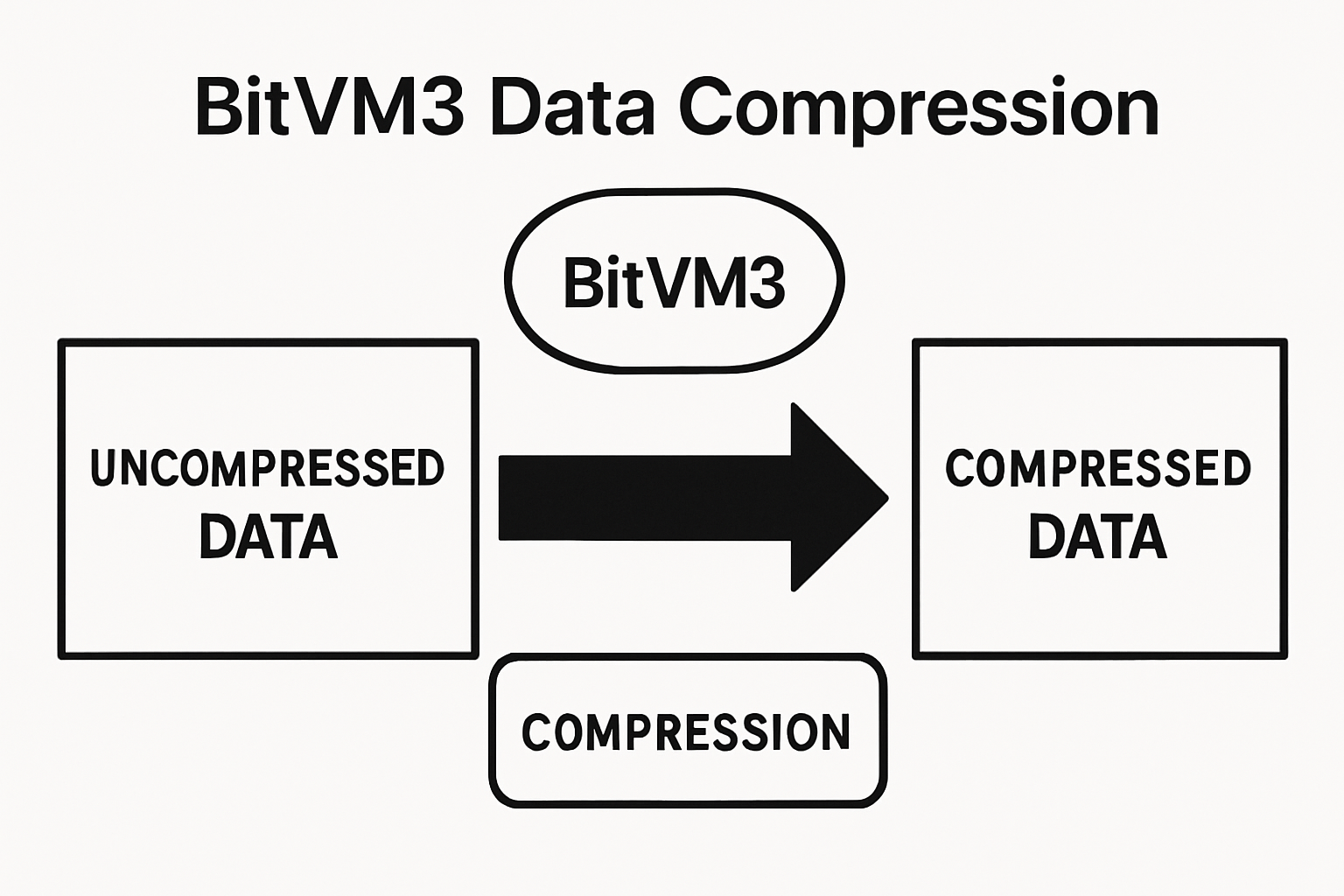
Efficient Data Compression for Feasibility: Innovations like GOAT Network’s BitVM3 architecture compress off-chain data from hundreds of gigabytes to mere megabytes, making large-scale ZK Rollup deployment on Bitcoin practical—an efficiency legacy L2s often lack.
-
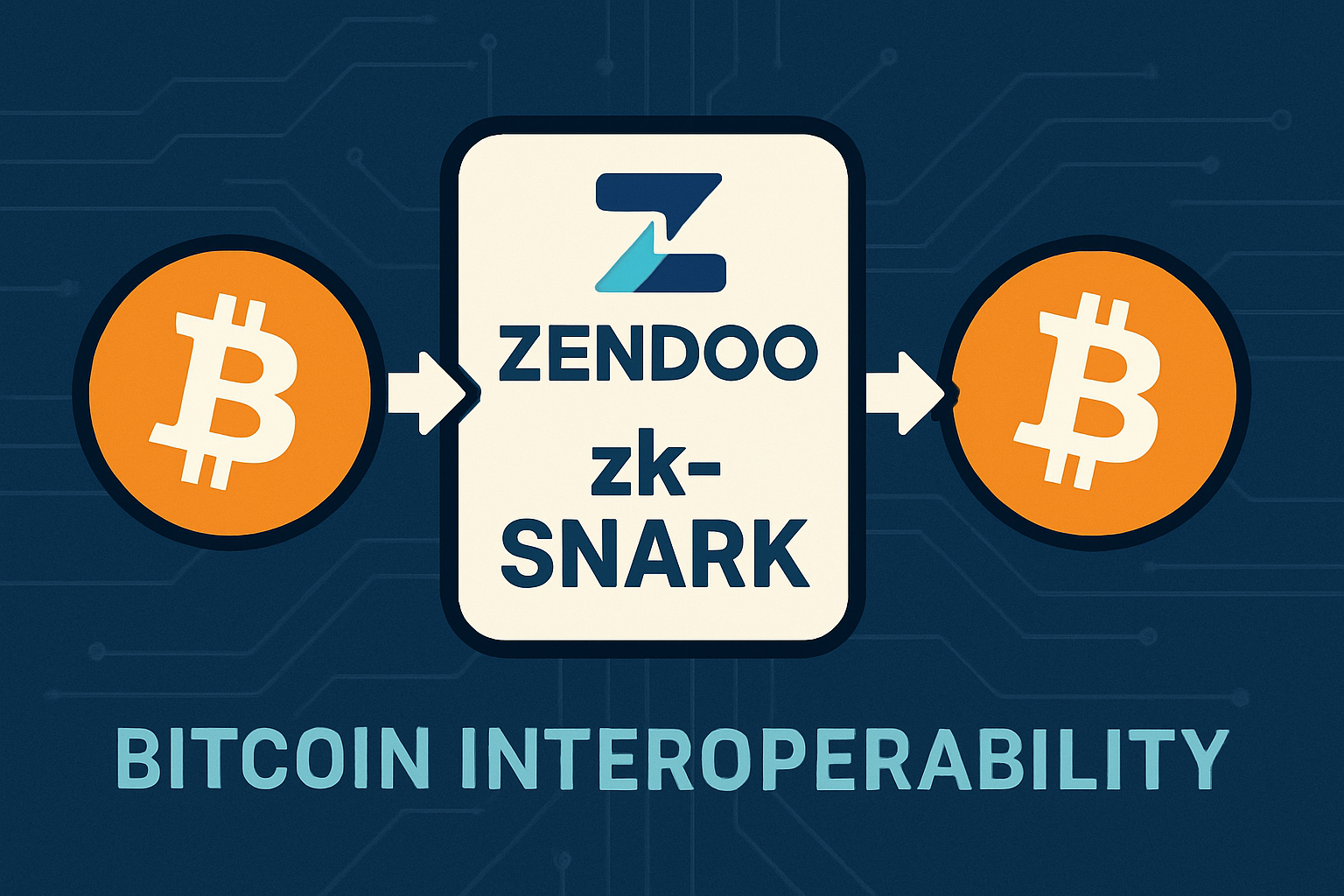
Protocol-Level Interoperability: Solutions like Zendoo use zk-SNARKs to enable seamless, verifiable interaction between Bitcoin and sidechains, enhancing composability and reducing trust assumptions compared to legacy L2 bridges.
This transformation also brings more sophisticated capital efficiency models into play. As more users migrate their assets into trustless L2s like GOAT Rollup bitcoin or Starknet on Bitcoin, network effects kick in, driving greater liquidity, tighter spreads, and enhanced security through broader validator participation.
Risks and Open Questions: What Still Needs Solving?
No technology comes without tradeoffs. While fast proofs and reusable circuits are game-changers, they introduce new attack surfaces around data availability and sequencer incentives. How will these systems handle long-tail edge cases? What happens if off-chain data becomes inaccessible? These are not theoretical concerns, they’re critical engineering puzzles that must be solved before mass adoption.
The regulatory environment also remains fluid. As zk rollup trustless BTC protocols gain traction and attract significant capital flows at these price levels, expect closer scrutiny from policymakers globally.
What Comes Next for ZK Rollups on Bitcoin?
The coming quarters will be decisive as projects move from testnet deployments to mainnet launches. The interplay between technical innovation, like BitVM3’s challenge-response system, and community governance will determine which platforms capture meaningful TVL (total value locked) and developer mindshare.
If sustained progress continues at this pace, expect a future where high-throughput applications, DEXs, lending protocols, even NFT marketplaces, are as native to Bitcoin as they are to Ethereum today. For investors and builders alike, tracking the evolution of decentralized sequencer bitcoin models and zk rollup fast proofs will be critical for informed decision-making in this new paradigm.
For a deeper dive into how these technologies work under the hood, and what it means for your own portfolio or development roadmap, visit our coverage at /zk-rollups-on-bitcoin-the-rise-of-native-btc-layer-2-scaling.
